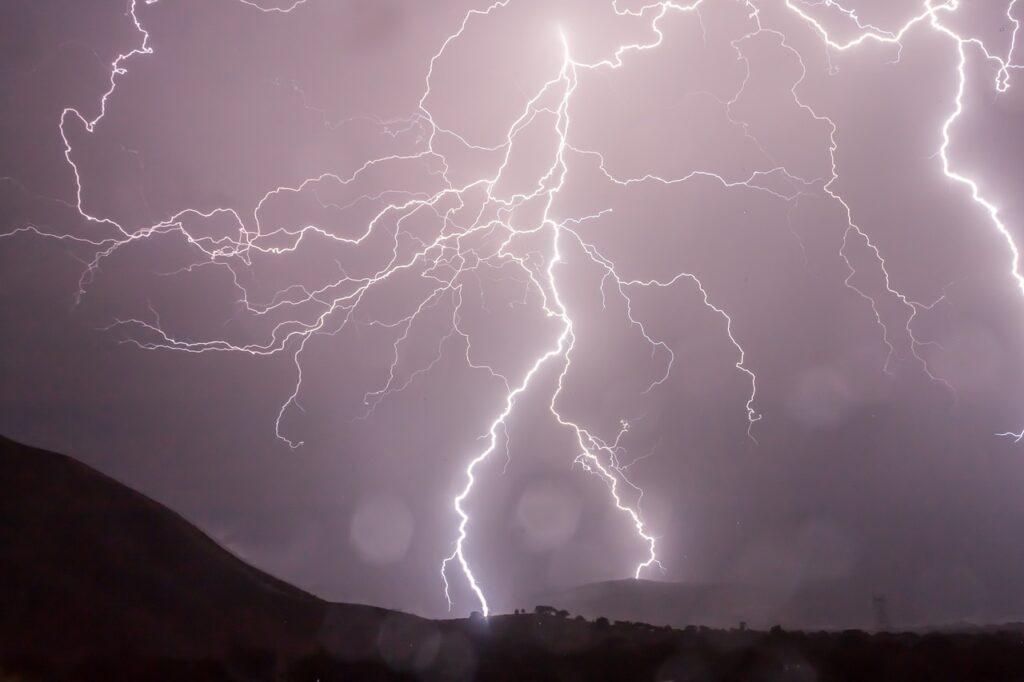The Legend of Sleepy Hollow CommonLit Answers: Analytical Approach
Irving’s tale centers on Ichabod Crane, a schoolmaster with an appetite for ghost stories, food, and social climbing. He vies for the hand (and fortune) of Katrina Van Tassel, only to be undone by local hero Brom Bones—whose strength and charm win over both the townsfolk and, most likely, Katrina herself.
The story’s supernatural edge comes in the form of the Headless Horseman, the “dominant spirit” of Sleepy Hollow. For students working through the legend of sleepy hollow commonlit answers, several questions arise:
Is the Headless Horseman real, or a fabrication? What truly happens to Ichabod Crane? What does the use of myth say about community control, belonging, and fear?
Model Answers and Reasoning
Who or what is responsible for Ichabod’s disappearance?
Textual evidence for the legend of sleepy hollow commonlit answers suggests Brom Bones—the known prankster and accomplished rider—likely takes on the guise of the Horseman, frightening Ichabod away with a welltimed pumpkin throw. This view is bolstered by Brom’s knowing smiles and jokes, plus the presence of the smashed pumpkin at the scene.
However, Irving’s skill lies in keeping the fantastic explanation—Ichabod truly spirited away—alive in the town’s rumor economy.
Why does superstition dominate the town’s logic?
Sleepy Hollow is a world ruled by legend and repetition. Ghost stories are not just entertainment—they’re a force for social order, binding insiders together and marking outsiders like Ichabod as easy targets. The thrill of the myth (the Horseman, haunted nights) eclipses rational investigation, allowing community preference for mystery to prevail over fact.
What motivates Ichabod’s pursuit of Katrina?
Ichabod’s desire is not merely romantic—he is attracted by the prospect of inheriting Van Tassel’s wealth and improving his status in town. The legend of sleepy hollow commonlit answers expect students to cite Ichabod’s daydreams and constant calculations of food, comfort, and property.
How to Support Claims
The best the legend of sleepy hollow commonlit answers:
Pull direct textual evidence (“dominant spirit… apparition of a figure on horseback without a head”; “his appetite was prodigious”). Cite character action and narrator clues (Brom’s grins, Katrina’s ambivalence). Acknowledge Irving’s use of ambiguity and humor—the narrator is not always reliable.
Ambiguity and Satire
Irving’s lasting twist is that the outcome is left open. The town, and by extension the reader, is never certain—Ichabod could be a victim of Brom, the supernatural, or his own imagination. The story’s discipline is in refusing clean closure.
Why These Answers Matter in Reading and Life
Literature, especially on CommonLit, becomes a tool for teaching more than story:
How to weigh evidence and challenge superstitions How to accept uncertainty in outcomes (no “one right” answer to Ichabod’s fate) The importance of acknowledging competing motives—romance, greed, social control
The legend of sleepy hollow commonlit answers cultivate these skills.
Classroom Application
For teachers, pushing students past summary and into argument is essential:
Ask for claims, evidence, logic, and recognition of ambiguity Reward nuanced thinking—answers can be “likely Brom,” “community superstition,” or “Ichabod’s outsider status” if appropriately argued
Final Thoughts
“The Legend of Sleepy Hollow” is only superficially about pumpkins and horsemen. Its force is in its layered ambiguity and test of reading discipline. The legend of sleepy hollow commonlit answers reward structured claims, logical evidence, and honest engagement with uncertainty. The enduring myth of Sleepy Hollow isn’t the Horseman—it’s the story’s refusal to coddle with easy truths, and the reader’s responsibility to reason, debate, and accept the unknown.
